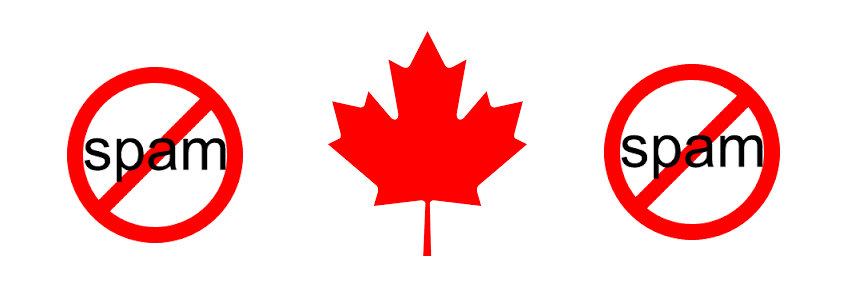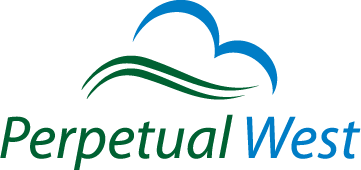
The anti-spam provisions of Canada’s Anti-Spam Legislation (CASL) came into effect on July 1st, 2014. Like me, you were probably bombarded with express consent requests right before. Didn’t do anything with your contact lists before that date? There is still time to wrap your head around CASL and get organized. Notably, there is the 3 year transitional window (grandfather rule) where your contacts are considered having given implied consent if they’re not strangers and you’ve communicated with them electronically before. For a great FAQ on CASL from a legal perspective, refer to this page posted by Deloitte. It’s probably the best I’ve seen in making sense of what is complicated legislation. Regardless of how you or I feel about CASL however, if you’re a Canadian business or sell to one you are stuck dealing with it.
Since every company sells and markets differently there are no magic bullets but here are a few ways that you can use Salesforce along with some complimentary apps to demonstrate compliance. Express consent is neater and cleaner to report on but you may have to deal with implied consent in Salesforce as well. Here are six tips:
- Get express consent via a modified “stay-in-touch” request form. Salesforce’s standard Stay-in-Touch functionality is good for basics like phone numbers and emails but does not let you customize the form. Consequently you can’t add an Opt-in field to get express consent. Thankfully there are form apps that will do this like FormAssembly. Here’s an example with just the bare bones. Use it gather other updated info about leads or contacts as well and have that updated data and opt-in automatically update the record in Salesforce. This form could also be invoked from a Salesforce template or mass email app like Mailchimp to have it pre-filled for the contact. They would simply have to click on the opt-in checkbox and submit. You could also include this form link on your email signature to get express consent from current implied consent only contacts.
- Get express consent and interest details with a custom form. Just like #1, you could use a from tool like FormAssembly to create a nice (multi-page if necessary) form that would allow to ask contacts what mailing list they would like to be on if you maintain several marketing lists for example. Whatever your marketing initiatives, a custom form would allow you to update the lead, contact or custom object record in Salesforce. Use these settings in Salesforce to pull reports or for a marketing automation app. Salesforce becomes the system of record for CASL consent.
- Track the implied consent expiry date. Create a date field to track the 2 year expiry date for implied consent. If you use opportunities to track your sales, use them to update the account record’s implied consent expiry date field using an Apex trigger or better yet, an app called RollUp Helper. Create a detailed report that shows you all your contacts that are about to have implied consent expire. Contact them prior to get express consent.
- Use workflow to make it less painful. If you have the Enterprise edition, consider using workflow to automate tasks and update fields to help make CASL compliance more manageable.
- Get familiar with the exceptions. This one doesn’t involve Salesforce but it’s worth mentioning anyways. Are you a rep prospecting for new business? Consider using LinkedIn Inmail as it’s an exception. Do you have a referral from an existing customer? Refer to the partial exemption for third-party referral messages. Again, refer to this page posted by Deloitte for all the exceptions to see which ones are relevant to your business.
- When in doubt pick up the phone. Nothing is prohibiting you from calling a contact ask asking for consent verbally and noting that on the Salesforce contact or lead record manually. The next time you’re on the phone with a customer for whatever reason, simply ask for consent and note it on the record using an Opt-in field and ideally via a logged activity record in case you ever need to demonstrate compliance.
Additional Resource: For tips about how to handle CASL prior to July 1st, click here to read my blog post that focuses on 7 technical tips to handling Canada’s Anti-Spam Legislation (CASL) using Salesfore.
Need help with getting CASL compliant in Salesforce? We are Canadian Salesforce experts and can help with your technical CASL compliance requirements. For more information on our services, contact Perpetual West at 1 (877) 388-6400.


